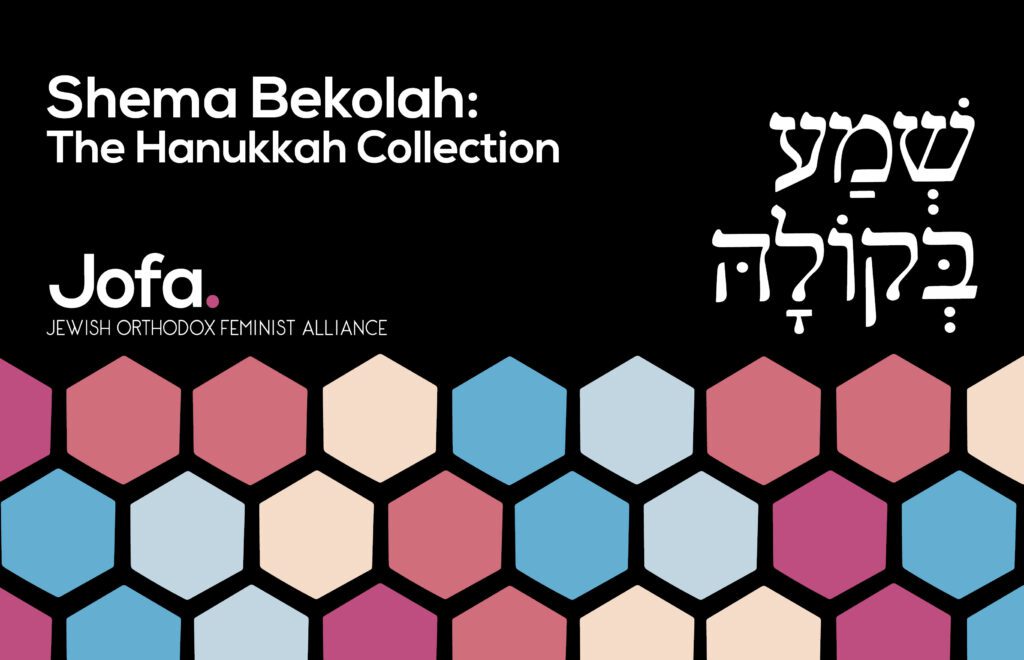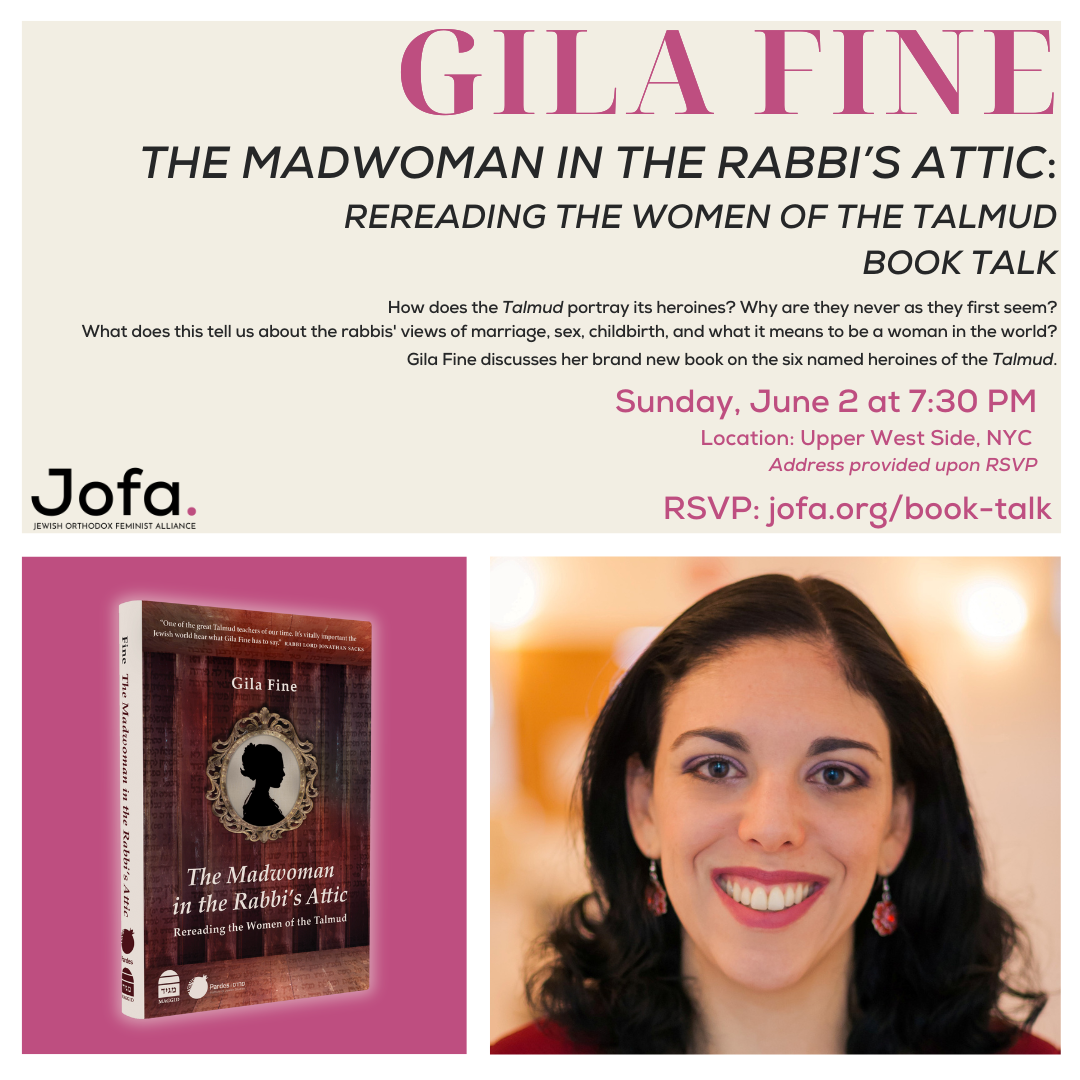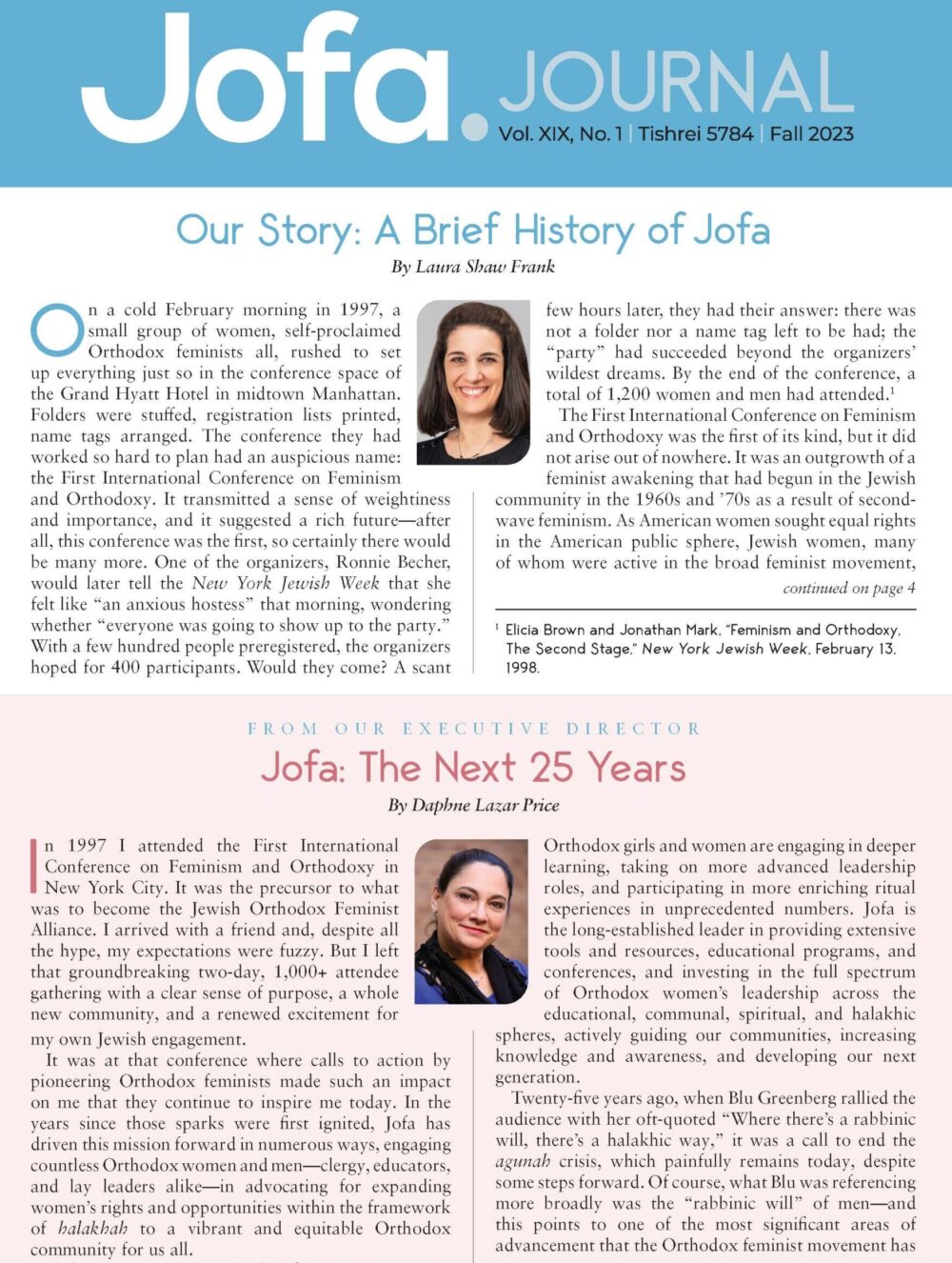By Dina Brawer [1]
Imagine the elation felt by the Hasmoneans who recaptured the Temple and their jubilant euphoria when their frantic search produced a small jar of pure oil. This find enabled them to light the Menorah, which by miracle burned for eight days. The Hasmoneans’ direct experience of salvation culminated in a celebration they termed Hanukkah, a celebration that was then mandated for posterity.
The tension between the original Hanukkah miracle and its later celebration is captured in the Talmud’s description of Hanukkah as a festival of renewal and rededication of the Temple, which is then fixed for years to come (Shabbat 21b). If the celebration is fixed in advance, how can it feel original or new? How can we recapture the original feeling of the Hasmoneans when lighting our small Hanukkah lights against the backdrop of twenty-first-century life?
This type of tension is addressed by two early-twentieth-century scholars of religion, the American pioneer of the psychology of religion, William James, and the hasidic master, R. Yehudah Aryeh Leib of Gur, known by his work Sefat Emet. These men raise similar questions—yet they arrive at vastly different conclusions.
William James (1842–1910), in his Varieties of Religious Experience, distinguishes between the spontaneous firsthand outpouring of religious ecstasy experienced by the founders of a religion or religious sect and the rituals and practices mandated by a received tradition. He dismisses the latter as a secondhand imitation of the genuine religious inspiration experienced by others. He writes that his interest lies in studying
the original experiences which were the pattern-setters to all this mass of suggested feeling and imitated conduct. These experiences we can only find in individuals for whom religion exists not as a dull habit, but as an acute fever rather.[2]
James’ critique of “secondhand” religious practice touches a nerve for observant Jews. Our religion fits his description well: It was fixed for us by our ancestors centuries before our time; communicated to us through tradition; imitated and retained through habit. Our prayers have been scripted for us, and we repeat them at set times. Our rituals are prescribed in minute detail, and our highly choreographed festivals are inspired by miracles and events that we have not directly experienced. Our ritual practice is repetitive and set in the past, lacking the opportunity for spontaneous devotion elicited by a direct personal experience that James describes as “an acute fever.”
But is James’ critique entirely fair? Can there be something positive about formalized routine religious practice? Three key factors raised by social anthropologists in response to James are pertinent: authenticity, transmission, and community. A ritual’s authenticity is derived by the repetition itself. The knowledge that we are repeating something received from previous generations is what creates tradition, in turn fostering the ritual’s legitimacy, precisely because it is rooted in past precedent. Although frequency and arousal are generally in inverse proportion to each other, and repetition diminishes the emotional intensity experienced through the ritual, the repetition itself can foster the transmission of complex religious ideas as individuals have the opportunity to observe and question the details of ritual practice. Finally, although firsthand religious experiences are more authentic, they are isolated religious episodes that lack connection with other individuals. A key element in a genuine religious experience is mediated by the collective religious community.
Although these arguments highlight the importance of repeated ritual, they nonetheless fail to address James’ challenge that spontaneous religious expression is more acute and passionate than repeated fixed rituals.
This is where the Sefat Emet (1847–1905) comes in. He begins one of his Hanukkah discourses with a close reading of the talmudic injunction concerning the timing of the Hanukkah lighting. The Talmud (Shabbat 21b) states:
מצותה משתשקע החמה עד שתכלה רגל מן השוק
… [One may begin kindling the Hanukkah lights] from sundown until footsteps cease in the marketplace.
The Hebrew word the Talmud uses to denote footsteps is רגל, meaning “foot,” which shares the same root as the word רגילות, meaning “regularity.” Typical of a hasidic thinker, the Sefat Emet plays with this linguistic similarity so that the talmudic passage yields an entirely new meaning: השוק מן רגל שתכלה עד means that one must kindle the Hanukkah lights until regularity ceases. That is to say, one must perform this routine mitzvah with such religious fervor as to render it a firsthand religious experience.
He develops this idea further by citing a verse relating to the first ever kindling of the Menorah performed by Aaron the High Priest:
וַיְדַבֵּ֥ר יְהֹוָ֖ה אֶל־מֹשֶׁ֥ה לֵּאמֹֽר׃
דַּבֵּר֙ אֶֽל־אַהֲרֹ֔ן וְאָמַרְתָּ֖ אֵלָ֑יו בְּהַעֲלֹֽתְךָ֙ אֶת־הַנֵּרֹ֔ת אֶל־מוּל֙ פְּנֵ֣י הַמְּנוֹרָ֔ה יָאִ֖ירוּ שִׁבְעַ֥ת הַנֵּרֽוֹת׃
וַיַּ֤עַשׂ כֵּן֙ אַהֲרֹ֔ן אֶל־מוּל֙ פְּנֵ֣י הַמְּנוֹרָ֔ה הֶעֱלָ֖ה נֵרֹתֶ֑יהָ כַּֽאֲשֶׁ֛ר צִוָּ֥ה יְהֹוָ֖ה אֶת־מֹשֶֽׁה׃
And the Lord spoke to Moses, saying, “Speak to Aaron and say to him: ‘When you light up the lamps, opposite the front of the lamp stand shall seven lamps give light.’” And thus Aaron did: Opposite the front of the lamp stand he lit up its lamps as the Lord had charged Moses. [3]
Sefat Emet then draws the reader’s attention to an odd comment by Rashi, who cites the Sifre:
רש”י ויעש כן אהרן: להגיד שבחו של אהרן שלא שינה
And thus Aaron did: This comes to teach that Aaron did not deviate [from God’s instructions].
Why, asks the Sefat Emet, is Aaron praised for not deviating from God’s command? His answer is that Aaron’s virtue was not that he performed the act without any technical deviation—but rather that he performed the ritual repeatedly without any emotional deviation. That is to say, each time Aaron lit the Menorah, he did so with the same level of enthusiasm as his very first experience performing the mitzvah. In Jamesian terms, Aaron infused a secondhand religious experience with the energy and excitement of a firsthand religious experience.
The Sefat Emet goes beyond James and his critics by refusing to prioritize one polarity at the expense of the other. His point is that we need both novelty and repetition. The challenge is not to have to choose between the two, but rather to infuse the repeated ritual with a sense of freshness and passion.
The Sefat Emet invites us to feel each iteration of routine religious ritual as a powerful novel experience. This is admittedly easier said than done. It requires rich religious imagination. But with time and effort, imagination can be cultivated. Hanukkah, with its beguiling message of fixed renewal, is an opportune time for the cultivation to begin.
[1] Dina Brawer holds a BA in Hebrew and Jewish Studies and an MA in Education and Psychology from the University of London and is currently a third-year student at Yeshivat Maharat. She is the founder of JOFA UK. She was recently listed in The Jewish Chronicle’s Power 100 List of individuals who are most influential in shaping the UK Jewish community. Dina is the co-founder of Mishkan, an intentional community of Jews on a journey.
[2] William James, Varieties of Religious Experiences, (1982) p6
[3] Numbers 8:1–3













